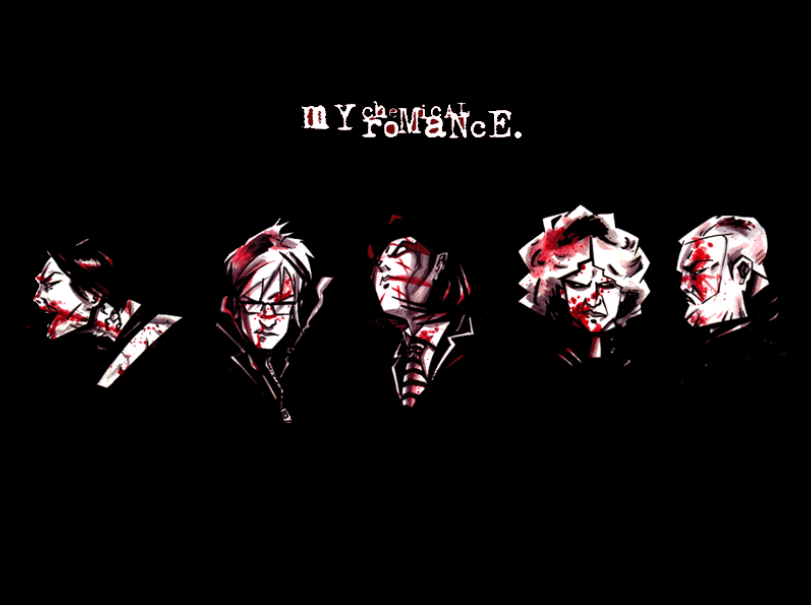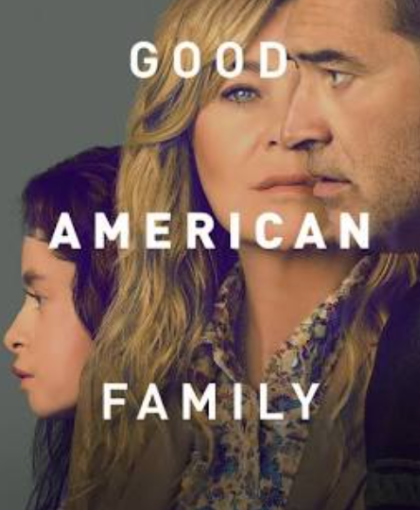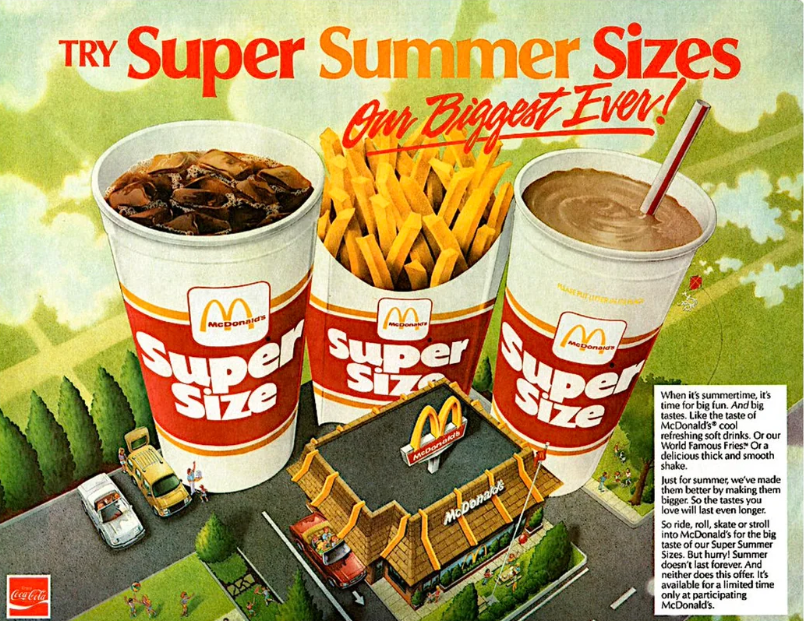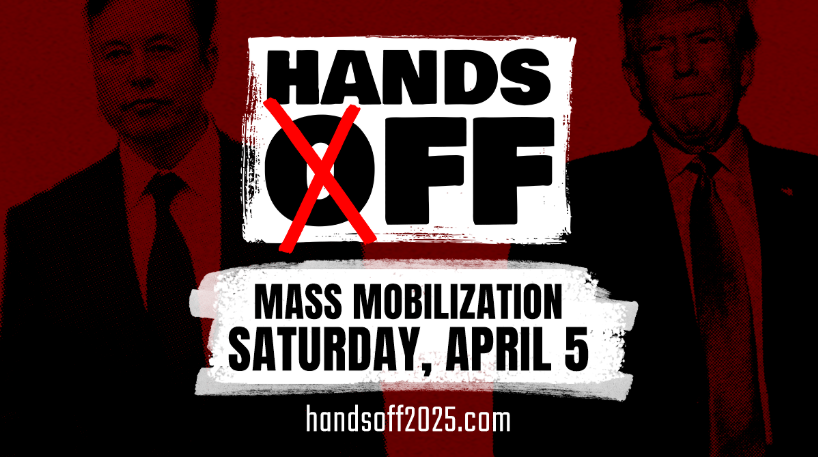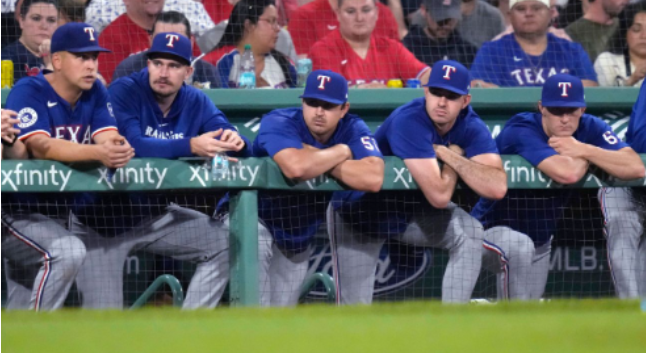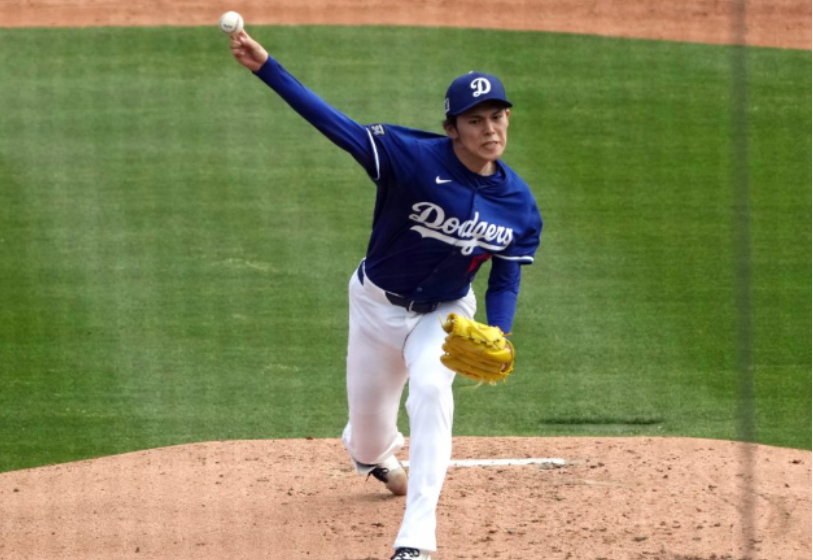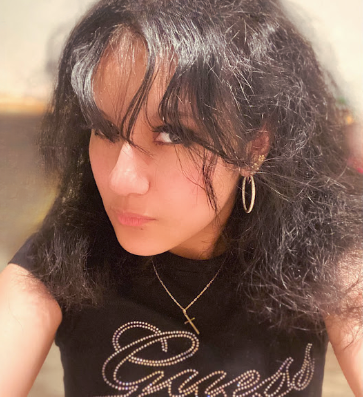A great deal of interest to me about My Chemical Romance is their inception.
The band formed in 2001, inspired by September 11, with nearly all members from New Jersey, except Bob Bryar. Gerard Way and Matt Pelissier started it, and Ray Toro joined to assist with guitar parts. Mikey Way, Gerard’s brother, became the bassist, finalizing the original lineup. Each member brings a vital skill to the group.
Gerard Way’s life took a dramatic turn when he witnessed the Twin Towers tragedy while interning at Cartoon Network. The shocking event made him question his purpose and sparked a strong desire to make a positive impact. In the aftermath of the September 11 Attacks, Gerard reached out to friends and acquaintances, inviting them to join a band. With Mikey by his side, they recruited industry connections to help launch their music career.
Gerard Way is known for his powerful vocals and charismatic stage presence, a key part of the band’s identity. Mikey Way provides a solid bass foundation and a strong sense of rhythm that fits their sound perfectly. Ray Toro adds depth and complexity to their music with his exceptional guitar skills and intricate solos. Frank Iero’s energetic guitar riffs give their performances an edge. Bob Bryar later joined as their drummer, replacing Matt Pelissier.
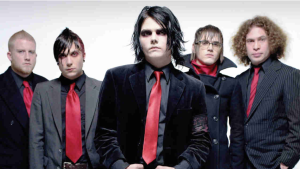
Growing up in New Jersey exposed the members to a diverse, vibrant music scene that heavily influenced their sound. The intensity and raw energy of the local punk rock culture seeped into their music, giving it an edge and authenticity. This regional influence helped shape their unique style, blending elements of punk, emo, and alternative rock.
My Chemical Romance took a thoughtful approach before signing with a record label. They initially declined several offers because they wanted to preserve their distinct style. The band prioritized their creative freedom over fitting into the mainstream. In the end, they chose to sign with Eyeball Records, an independent label that truly understood their vision.
My Chemical Romance made a scene in 2002 with their first album, I Brought You Bullets, You Brought Me Your Love. While it wasn’t their biggest hit, it still sold over 285,000 copies, which is quite an achievement for a new band. The band then focused on creating their second album, Three Cheers for Sweet Revenge. Gerard loved the concept of revenge and the captivating gothic imagery from horror flicks. Interestingly, he studied visual arts and majored in cartooning, so Way illustrated the iconic album cover featuring the Demolition Lovers.
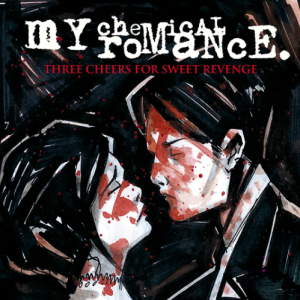
Three Cheers for Sweet Revenge has sold over 3,000,000 copies worldwide, cementing its instant success. The album soared to triple platinum and broke into Billboard’s Top 30. As a sequel to their debut, it brought the group closer to perfecting their signature sound.
However, Gerard’s struggles with alcoholism and substance abuse threatened to derail the band. Way battled suicidal thoughts and had planned to take his own life. Determined to get sober, he sought help before the upcoming tour, and the band rallied around their troubled frontman.
Gerard’s struggles with addiction and mental health became a driving force behind the haunting and cathartic lyrics, resonating deeply with fans who found solace in the music. This authenticity and vulnerability helped cement the album’s legacy as a powerful exploration of pain and healing.
Way became sober, but unfortunately, news of his grandmother’s passing reached him. He drafted ‘Helena’ and included this track in Three Cheers for Sweet Revenge. Many consider this track, in particular, to be the band’s main breakout hit.
Life on The Murder Scene is not just a video diary; it’s an immersive experience that delves into the heart and soul of My Chemical Romance. For fans who appreciate tracks like ‘The Ghost of You’ and ‘I’m Not Okay,’ this disc offers a behind-the-scenes look at the band’s creative process, struggles, and triumphs. It provides a unique opportunity to witness the band’s evolution and understand the personal stories that shaped their music, making it a must-watch for anyone who wants to connect more deeply with MCR’s legacy.








